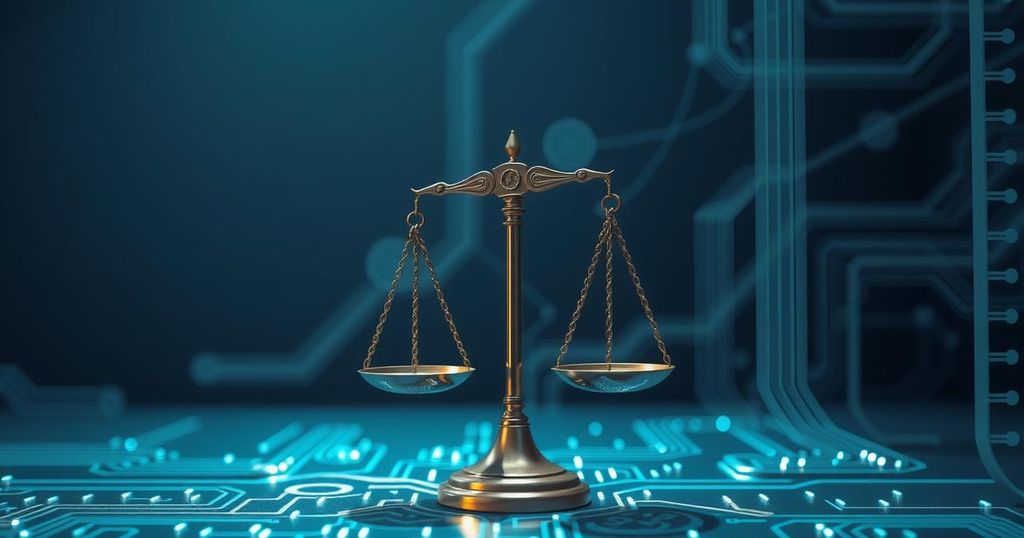The EU has released guidelines on banned AI uses under the AI Act, detailing applications such as real-time biometric identification and social scoring. Effective February 2nd, these non-binding guidelines aim to clarify compliance obligations for businesses and organizations. Moreover, they highlight exceptions for law enforcement in specific circumstances. Member states must establish enforcement authorities by August 8th to implement these regulations.
The European Union has published guidelines clarifying AI applications banned under the AI Act. This comprehensive 135-page document aims to provide legal clarity around AI systems deemed to carry “unacceptable risks” to fundamental rights. Though non-binding, these guidelines include legal explanations aimed at ensuring compliance with one of the strictest AI regulations globally. They outline specific prohibited practices, including real-time biometric identification and social scoring.
This legislation, effective from February 2nd, aims to regulate AI by prohibiting certain practices that threaten public rights, while allowing exceptions for law enforcement. Notably, law enforcement can employ banned AI technologies under specific conditions, particularly for serious crimes. However, practices like using live facial recognition indiscriminately are not permitted. The AI Act also delineates areas where targeted data scraping can occur without infringing on regulations. EU member states are tasked with establishing regulatory authorities by August 8th.
The EU’s AI guidelines aim to provide clarity on permissible and banned applications while ensuring compliance among businesses. While the Act faces potential resistance from U.S. tech companies, many are proactively complying with the regulations. The guidelines emphasize the necessity for transparency and the defined uses of AI within legal frameworks, underscoring the EU’s commitment to regulating advanced technologies responsibly.
Original Source: www.biometricupdate.com





